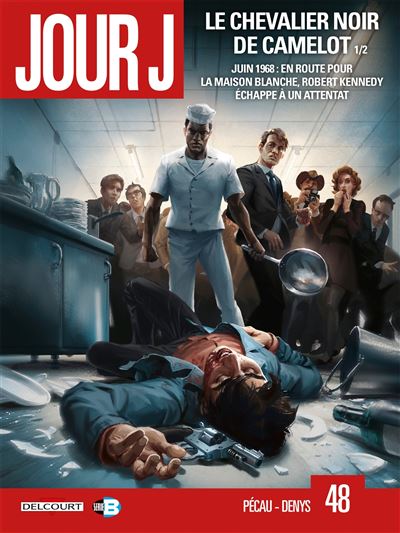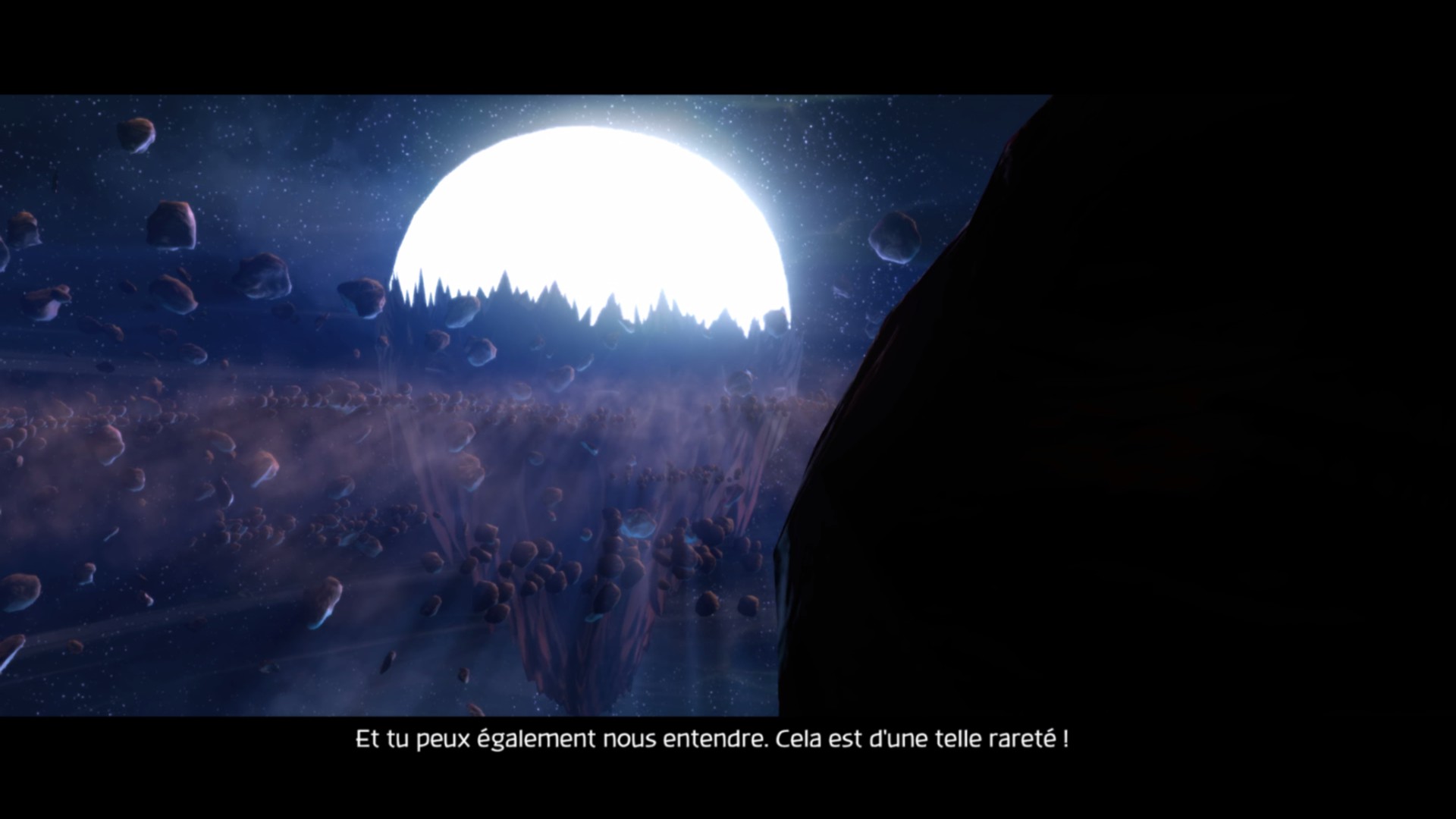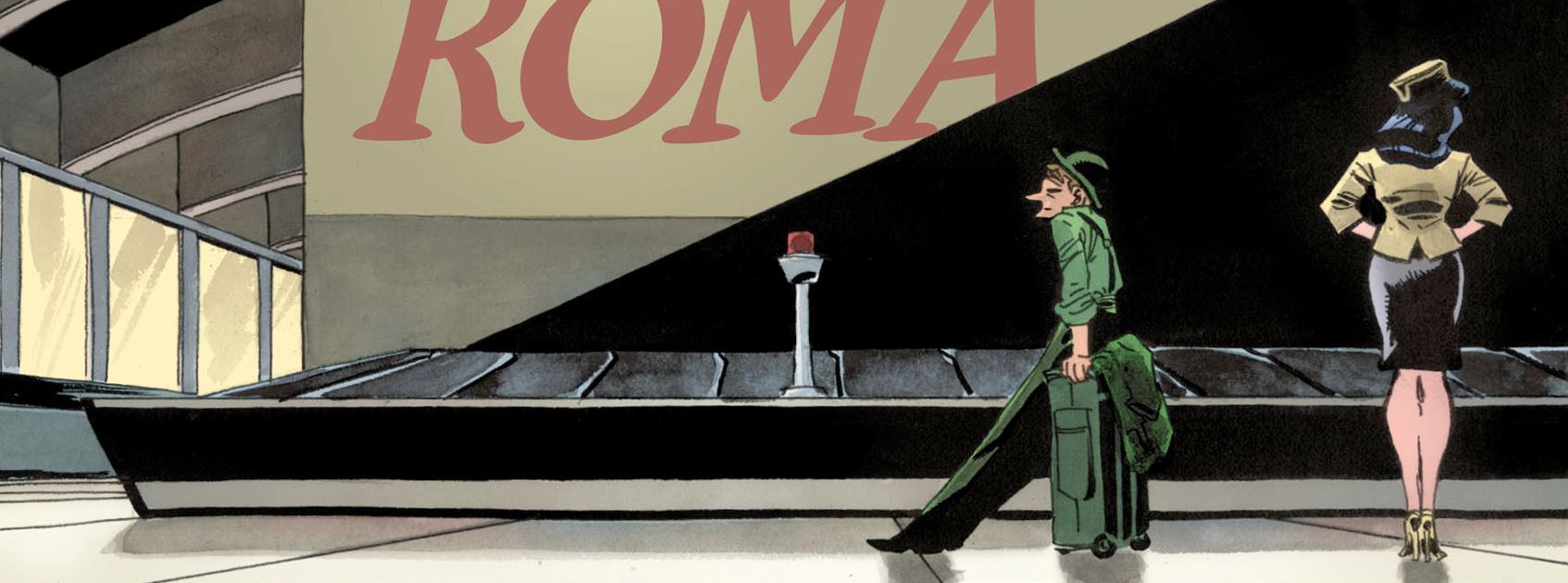Historical series and fantasy series, we know that in France but what would give the alliance of the two? The first volume of Britannia published by Bliss Comics gives part of the answer.
Demons lurk in Rome
From the moment you see the splendid cover of Cary Nord, the tone is set: a bust typical of Roman sculptures but with a grimacing man and goat's horns. This limited series plunges us into the dark side of the Empire. Exclusive to Valiant, it has no connection with the rest of the publisher's series. We don't meet any superheroes but it's a historical horror story. On the borders of the Empire, in Brittany (Britain today), many strange deaths are reported by a garrison. Antonius, an investigator in Rome, is sent to discover the truth about these facts that threaten the conquest.
Peter Milligan, who was already the screenwriter of part of the complete Shadowman, mischievously uses the commonplaces of horror: the fog masking the threat, the bloodbaths, the demonic pagan cults, a monster of blood full of eyes…
A perverted empire
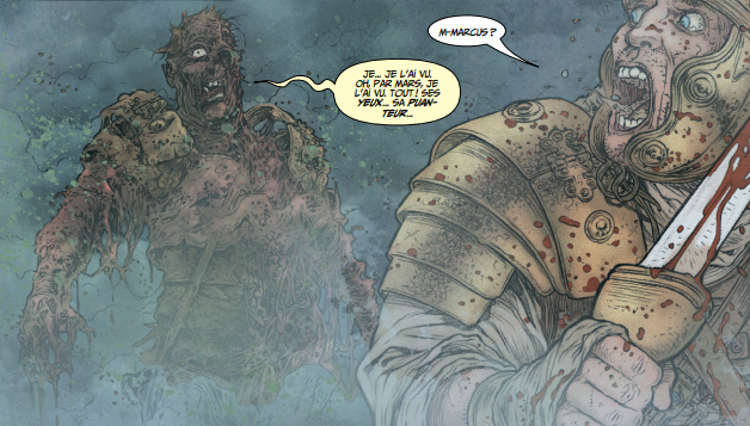
He presents us with a dark and brutal Roman Empire. Taking up the classical vision of Roman authors, it presents a depraved society. Nero is in power and his madness begins to appear. The ambition and jealousy of men call demons and unnatural alliances. Romans are brutal and naïve while women are more intelligent but manipulative and dangerous. Rome is a patriarchal society but the vestal Rubria manipulates these men by playing on their pride.
It is the conquered peoples who fare best. The Celts are smarter and the Breton slave is sarcastic towards the supposedly superior Roman people. The British screenwriter does not hesitate to use anachronistic vocabulary to make himself understood (imperialist and terrorist) and denounce Roman (and American) domination. The Roman army in Brittany does not bring civilization but it is an army of occupation that colonizes a Celtic people in resistance. In the midst of violent soldiers, Antonius is the only wise man. Milligan refuses the heroization of the army.
The ignorance of the Romans is dangerous while knowledge helps the Vestal Virgins and Antonius who was saved by these mysterious priestesses. The Vestal Virginal Codex offers rational knowledge and sharp critical thinking. Antonius read and absorbed it. Using observation and rid of superstitions, the centurion became a different person. He no longer believes and becomes a great observer like Sherlock Holmes. Although demons lurk, the reader follows more a police investigation by a rationalist than a story of pure horror.
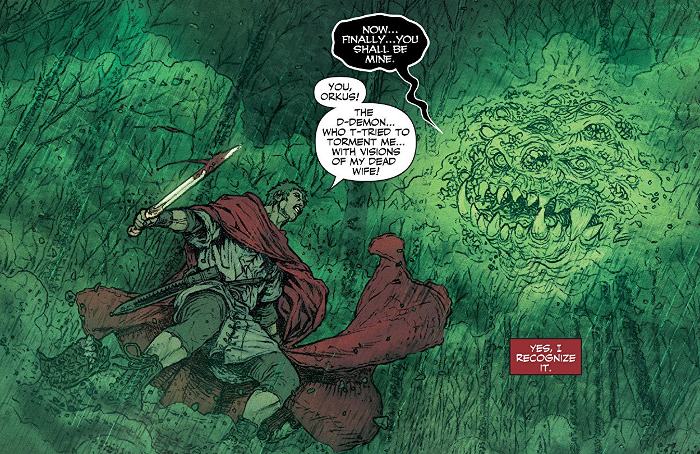
On the drawing side, it is also a success. Apart from the very pleasant introduction drawn by Raúl Allén and Patricia Martín (Secret Weapons) explaining the place of the Vestal Virgins in the empire, the four episodes are drawn by Juan José Ryp. His work reinforces the dark side of the script even more. He has a realistic drawing and does not hesitate to represent gore and suggests sex. Every male or female face is brutal. The ground is constantly muddy. The boundaries between the boxes are blurred as between the elements, between the earth and the sky by the fog. We see that the line between real and demonic world is blurring. The dark colors (green, brown, always dark red) adapt to the quest against evil. The background of the pages or an image in the background are all dark.
What can I say about it once the book is finished? The drawing and the scenario mingle with pleasure to take us into the dark past of Rome and sometimes even into demonic worlds. It is therefore a very good start to a series of occult investigations but, do not worry, the volume reads very well on its own.


































